BY AMINA CHAUDHRI AND MARY ANN CAPPIELLO, ON BEHALF OF THE BIOGRAPHY CLEARINGHOUSE “William Still’s records, and the stories he preserved, reunited families torn apart by slavery. Because that’s what stories can do. Protest injustice. Sooth. Teach. Inspire. Connect. Stories save lives.” - Don Tate, from William Still and His Freedom Stories: The Father of the Underground Railroad 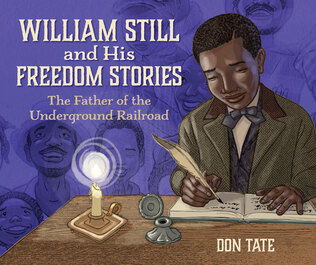 As 2021 begins, we want to acknowledge the continued need to show young people that Black Lives Matter. Part of that responsibility is shifting our curriculum away from a white-centered view of U.S. history and towards a more multifaceted exploration of all of the communities that have lived on this land from prehistory to today. Don Tate’s picturebook biography William Still and His Freedom Stories: The Father of the Underground Railroad, this month’s featured text on The Biography Clearinghouse, is an important text to help make this change in elementary and middle school classrooms. William Still and his Freedom Stories is one of several recent publications that highlights the role of African Americans in the freedom struggle, countering the narrative that freedom from slavery depended on the actions of whites. A precise, linear narrative takes readers through significant events that shaped William Still’s understanding of the world and his role in making it better for African Americans. Readers follow Still from childhood to adulthood, bearing witness to his desire to learn, the grueling labor he endured to earn a living, and eventually, the risks he took to secure freedom for enslaved people and his post-Civil War activism to fight segregation. This deeply-researched and powerfully-illustrated book has layers of curricular potential: as a read aloud, as a mentor text for literacy skill development, as a model of the genre of biography, as an important piece of history, and much more. Operating within the Investigate, Explore, and Create Model of the Biography Clearinghouse, we designed teaching ideas geared toward literacy and content area learning as well as opportunities for socio-emotional learning and strengthening community connections using William Still and His Freedom Stories. Featured here are two teaching ideas inspired by William Still and His Freedom Stories. The first engages students deeply with the text itself - its form and content, and the second extends learning beyond this picturebook to explore multiple sources for inquiry and research.
Advocating for and Learning from 19th Century Black-Authored Texts For far too long, too many students in the U.S. have been taught a white-centered modern history that avoids a close examination of imperialism and the legacy of Europe’s colonial reach. The brutal history of the global slave trade of the 17th - 19th centuries has been marginalized as have the many stories of Black agency, resistance, and liberation. As a consequence, young people - and many adults - have limited knowledge of that history. We need this to change. William Still and His Freedom Stories is one text that helps to make that change. In this teaching idea for middle school students, we leverage the conversations that this book can open with more in-depth research writings of 19th century activists such as William Still and 19th century Black journalists.
Amina Chaudhri is an Associate Professor of Teacher Education at Northeastern Illinois University. She is a reviewer for Booklist and a regular contributor to Book Links. Mary Ann Cappiello teaches courses in children’s literature and literacy methods at Lesley University, blogs about teaching with children’s literature at The Classroom Bookshelf, a School Library Journal blog, and is a former chair of NCTE’s Orbis Pictus Award for Outstanding Nonfiction K-8. BY MEGAN VAN DEVENTERAs educators, we recognize the value in providing readers with reading experiences that act as mirrors, windows, and sliding glass doors (Bishop, 1990) to affirm readers’ identities, build empathy for others, and explore humanity. We understand the importance of curating bookshelves that offer a vast array of experiences that validate readers’ lives, feelings, and identities. At times, it can be challenging to select and teach books that do not ‘mirror’ our own lived experience, and it can feel vulnerable to step outside our own expertise. Fortunately, there are many of us committed to expanding our own readership and curating inclusive bookshelves and curricula that resonate with our students. This blog post champions and supports educators doing this vulnerable work to ensure all students are included and reflected and refracted on their bookshelves and in their curricula. This post shares books, tools, and resources to support educators building their expertise to ensure young readers have access to high quality, validating, and accurate children’s literature. Tools and Resources for Curating an Inclusive Bookshelf and CurriculumEducators committed to expanding our bookshelves beyond our own favorite reads must be intentional in selecting and teaching high quality children’s literature that is accurate, validating, and honest. There are several wonderful tools and resources to ensure our bookshelves are inclusive, relevant, and accessible for readers. The four tools and resources below support educators in curating inclusive bookshelves and reading curricula (and help us cull problematic books from our shelves as well).
Books for Curating Inclusive Bookshelves and CurriculaThe tools and resources described above support educators in selecting and teaching high-quality, accurate, and honest children’s literature. Building our expertise through these tools and resources sustains our commitment to curating inclusive bookshelves. Here are four children’s literature books that support educators in holding space that honors young readers’ and teachers’ capacity to engage with complex and authentic picturebooks.
Bookshelves and curricula that honor young readers in helping them make sense of the world are a key aspect to orchestrating equitable and socially just classrooms. These books, tools, and resources support our work as educators in curating high-quality reading experiences that are inclusive, accurate, and honest. ReferencesBishop, R.S. (1990). Windows, mirrors, and sliding glass doors. Perspectives: Choosing and using books for the classroom, 6(3), 1-2. Eland, E. (2019). When sadness is at your door. Random House. Lindstrom, C. (2020). We are water protectors. Roaring Brook Press. Muhammad, I., & Ali, S.K. (2019). The proudest blue: A story of hijab and family. Little, Brown and Company. Sanna, F. (2016). The journey. Flying Eye Books.
BY MARY ANN CAPPIELLO on behalf of The Biography Clearinghouse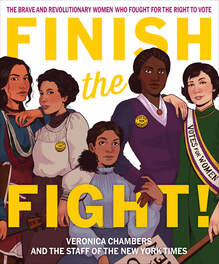 As we approach the final quarter of 2020, fires rage along the West Coast. Many regions of the United States face drought conditions. Gulf communities are inundated by Hurricane Sally while a string of storms line up in the Atlantic, waiting their turn. The impact of climate change is evident. COVID-19 continues to wreak havoc on our lives, our health. We bear witness to the disproportionate impact of COVID-19 on minoritized groups, including Black and Latinx communities, Native Americans, and the elderly. Across America, Black Lives Matter protests carry on, demanding that our nation invest in the essential work necessary to achieve a more perfect union through racial justice. In 2020, we remember moments of historic change, commemorating the 30th anniversary of the Americans with Disabilities Act and the 100th anniversary of the 19th Amendment. 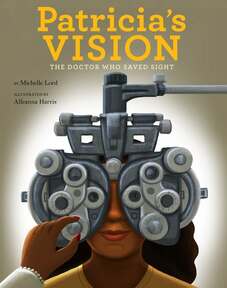 The intensity of this moment can’t be denied. It’s demanding. It’s exhausting. Whether you are a teacher, librarian, or university faculty member, you are likely teaching in multiple new formats and modalities, facing daily logistical challenges. Caregivers also face new hurdles in supporting young people’s learning. How do you meet the needs of students and the needs of this moment in history? How do you find hope in literature? Perhaps one way is to turn to the people of the past and the present who are working on the edges of scientific knowledge. Or, to turn to the people of the past and the present who have acted as champions of social justice. Their life stories offer young people models of agency and action, blueprints for change. To that end, The Biography Clearinghouse shares 20 biographies for 2020, a list of recent picturebook and collected biographies to connect with the challenges of the moment. This list is not comprehensive. It is simply a starting place. We hope these recently published biographies of diverse changemakers can become part of your curriculum or part of your read aloud calendar, in-person or over video conferencing software. Biographies About ScientistsBiographies About Champions for Change
If you have any picture book or chapter-length biographies or collected biographies for young people that you would like to recommend, please email us at [email protected]. We’re also interested in hearing more about how you’re using life stories in the classroom this year. Mary Ann Cappiello teaches courses in children’s literature and literacy methods at Lesley University, blogs about teaching with children’s literature at The Classroom Bookshelf, a School Library Journal blog, and is a former chair of NCTE’s Orbis Pictus Award for Outstanding Nonfiction K-8. BY GRACE ENRIQUEZ & DENISE DÁVILA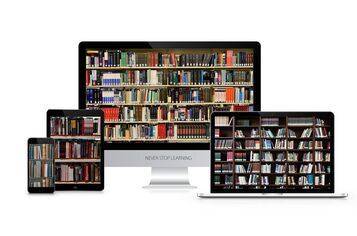
In the emergency shift to remote learning, educators and parents sought and found a plethora of video read-alouds and digital libraries of children’s books. This heartened us, as these resources offered access to reading material that many children wouldn’t be able to obtain otherwise.
Now that the school year is winding down, and the initial rush to cobble together online books has abated, we take a moment to reflect on the range of online books and resources available for children. Specifically, as educators committed to social justice, we wondered where we could turn to (a) continue sharing children’s literature with our students to support our goals of diversity, inclusion, and equity, and (b) learn more about recently published youth literature created by and for members of minoritized groups. It wasn’t surprising that what is currently available online reflects the massive gap in books about, for, and by diverse communities and underscores the greater need for more diverse books for children overall. In an attempt to close that gap and promote understanding about why diverse books matter--especially now during this global pandemic and in light of the systemic racism, police brutality, and health disparities that our country is currently facing--we have curated a list of online professional guides, blogs, conversations, and other resources. WEBSITES, BLOGS, & PODCASTS - IN ALPHABETICAL ORDER
Grace Enriquez is a Professor of Language and Literacy at Lesley University and a past recipient of the CLA Research Award.
Denise Dávila is an Assistant Professor of Language and Literacy Studies at the University of Texas, Austin and a CLA member.
Image by Gerd Altmann from Pixabay
|
Authors:
|
CLA
About CLA
|
Journal of Children's Literature
Write for JCL
|
ResourcesCLA-sponsored NCTE Position Statements
|
Members-Only Content
CLA Video Library
|
© COPYRIGHT 2018.
ALL RIGHTS RESERVED |

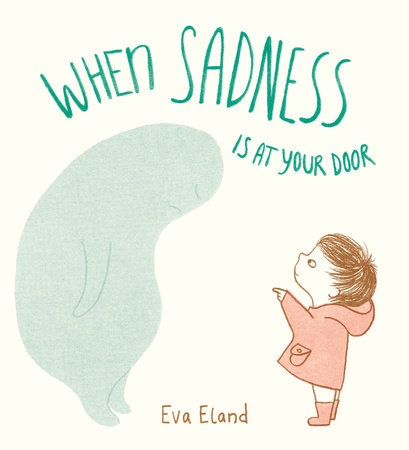
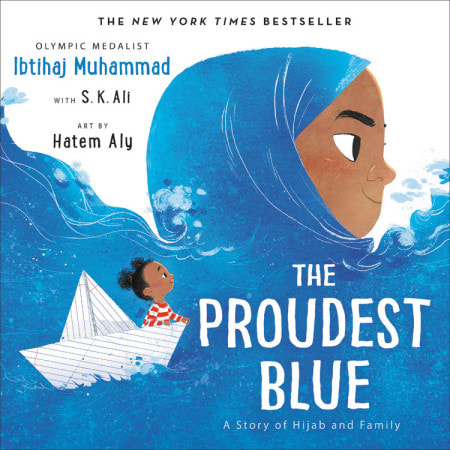
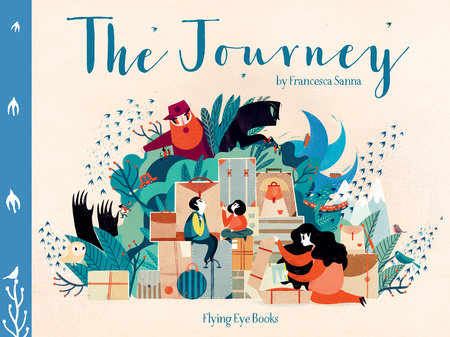
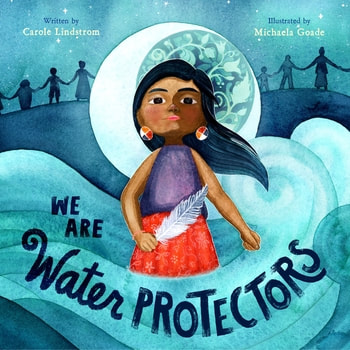
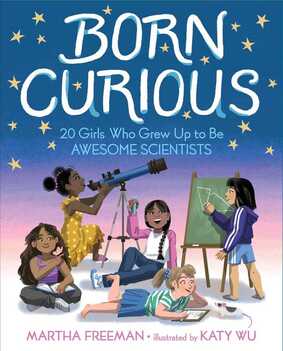
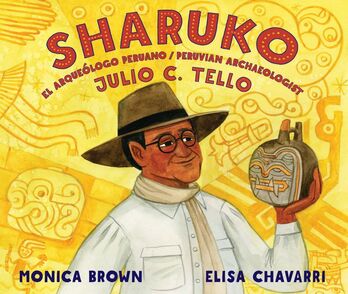
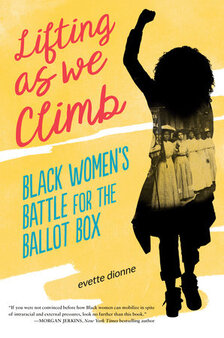
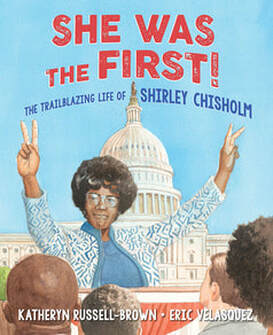
 RSS Feed
RSS Feed